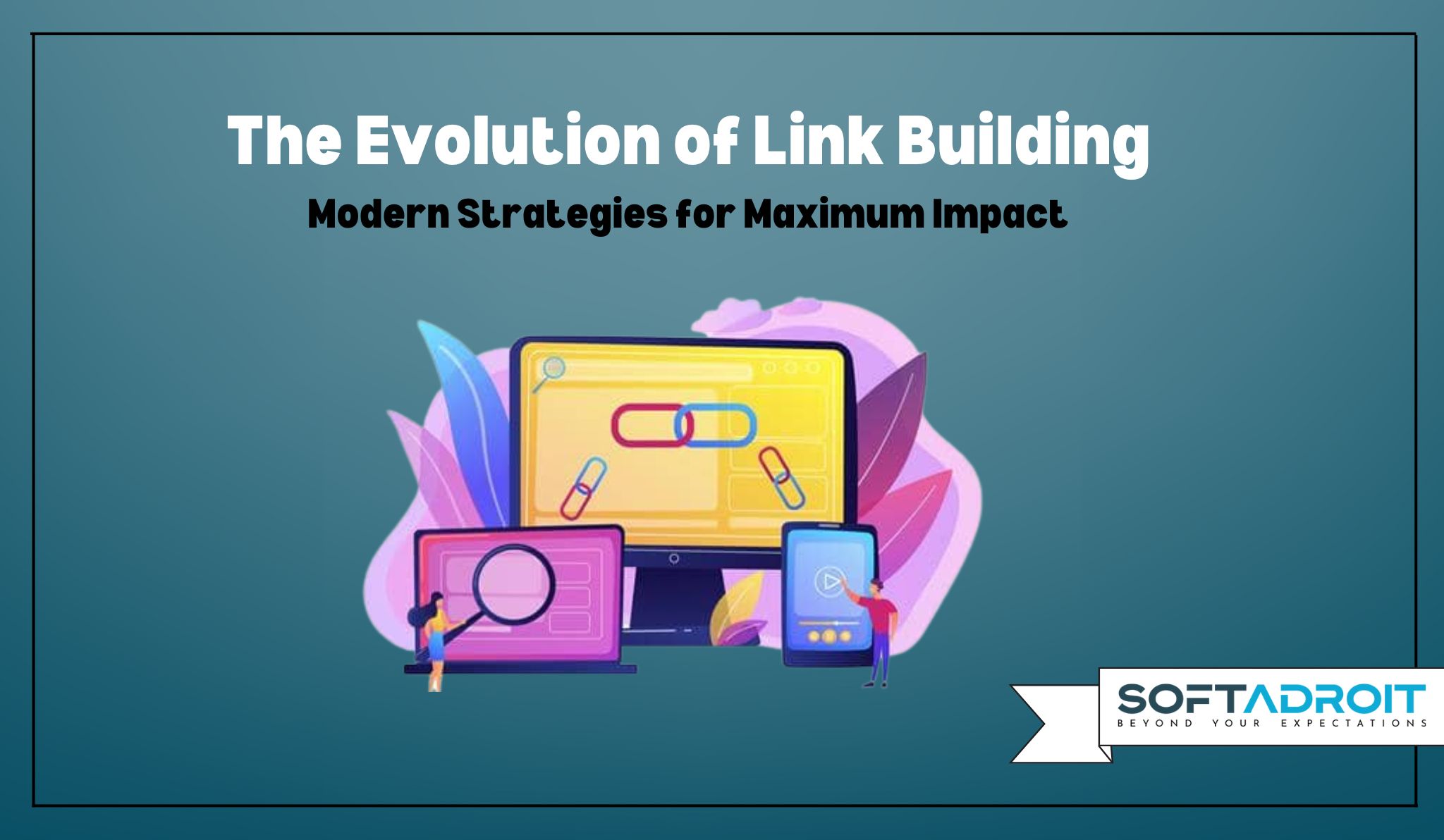
In today’s dynamic digital landscape, link building has evolved from a simple process of accumulating backlinks into a sophisticated strategy aimed at driving quality traffic and enhancing website authority. As businesses adapt to the shifting algorithms of search engines, modern link-building strategies offer unparalleled opportunities to create sustainable growth. This blog explores how link building has evolved and provides actionable insights to maximize its impact on your digital marketing efforts.
What is Website Data Migration, and Why Does It Matter for Link Building?
Understanding Website Data Migration
Website data migration is the process of transferring website content, assets, and data from one platform to another. Whether you are redesigning your website, changing your domain, or switching to a more robust Content Management System (CMS), website data migration ensures that your digital assets remain intact.
The Connection Between Data Migration and Link Building
Effective link building requires consistent content and authoritative backlinks. However, during a data migration services , issues like broken links, lost metadata, and disrupted user experience can severely impact your search rankings. Ensuring a seamless migration is crucial to preserving your link equity and maintaining your website’s authority.
The Evolution of Link Building: Then vs. Now
Traditional Link Building Techniques
In the early days of SEO, link building was largely about quantity over quality. Marketers relied on strategies like:
- Directory submissions
- Reciprocal linking
- Mass blog commenting
These methods often led to spammy practices and low-value links, which search engines like Google now penalize.
Modern Link Building Approaches
Today, link building is about fostering trust and providing value. Search engines prioritize:
- Relevance: Links from websites relevant to your niche.
- Authority: Backlinks from high-domain authority sites.
- Content Quality: Links embedded in high-quality, engaging content.
This shift necessitates more thoughtful and strategic approaches to link building.
Modern Strategies for Maximum Impact
1. Focus on Quality Over Quantity
Instead of acquiring numerous low-value links, prioritize backlinks from authoritative sites in your industry. High-quality links signal to search engines that your website is trustworthy and relevant.
Actionable Tips:
- Research authoritative blogs in your niche.
- Create content that these sites would want to link to.
2. Embrace Content-Driven Link Building
Creating valuable, shareable content is the cornerstone of effective link building. This includes:
- Guest Blogging: Write insightful articles for popular blogs in your niche.
- Info graphics: Visual content is highly shareable and can attract backlinks organically.
- Resource Pages: Offer comprehensive guides or tutorials that others in your industry will reference.
3. Build Relationships for Link Building
Networking plays a significant role in modern link building. Building genuine relationships with bloggers, journalists, and industry influencers can lead to valuable backlinks.
How to Start:
- Engage with their content on social media.
- Collaborate on projects or events.
4. Optimize Internal Linking
While external links get the spotlight, internal linking is equally important. By strategically linking to key pages within your site, you can:
- Improve navigation
- Boost page authority
- Enhance the user experience
5. Leverage Broken Link Building
This strategy involves finding broken links on high-authority sites and suggesting your content as a replacement. It’s a win-win situation: the site owner gets a fixed link, and you gain a backlink.
Tools to Use:
- Ahrefs
- SEMrush
- Broken Link Checker
Best Practices for Link Building During Website Data Migration
Conduct a Comprehensive Audit
Before migration, audit your website to identify:
- Existing backlinks
- Top-performing content
- Pages with high traffic
Create a Redirection Plan
Ensure that all URLs are properly redirected to maintain link equity. Use 301 redirects to guide both users and search engines to the new pages.
Monitor Backlinks Post-Migration
After migration, use tools like Google Search Console to monitor your backlinks. Reach out to websites linking to your old URLs and request updates.
Measuring the Success of Your Link Building Efforts
Key Metrics to Track:
- Domain Authority (DA): Measures the overall strength of your website.
- Referral Traffic: Indicates how much traffic you’re receiving from backlinks.
- Search Rankings: Higher rankings for target keywords suggest effective link building.
- Link Diversity: A healthy mix of backlinks from various domains enhances credibility.
The Future of Link Building
As search engines continue to evolve, link building will increasingly rely on:
- Artificial Intelligence to analyse link quality.
- Voice search optimization for better discoverability.
- Enhanced user experience to attract organic links.
Conclusion: A Balanced Approach to Success
Link building remains a critical component of any successful SEO strategy. By combining modern techniques with robust website data migration practices, businesses can preserve and amplify their digital authority. Remember, the key lies in creating value, building relationships, and staying adaptive to industry changes.
Start implementing these strategies today to unlock the full potential of link building for your business success.

